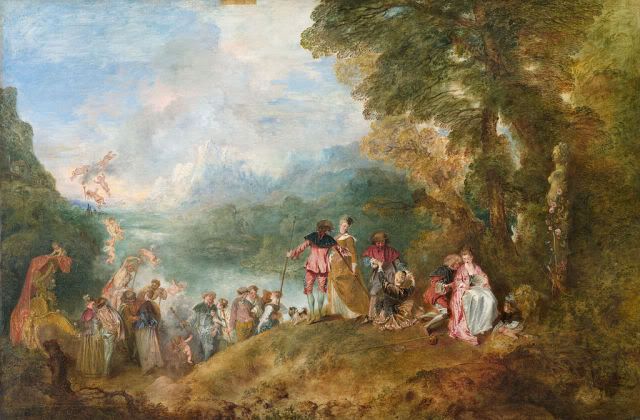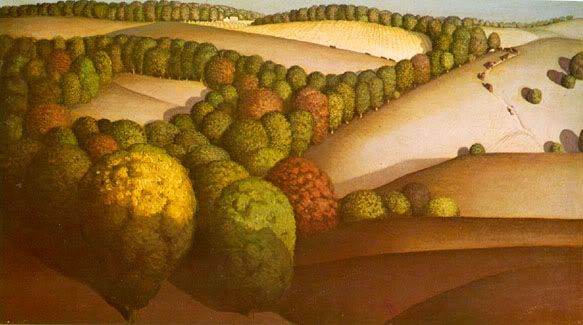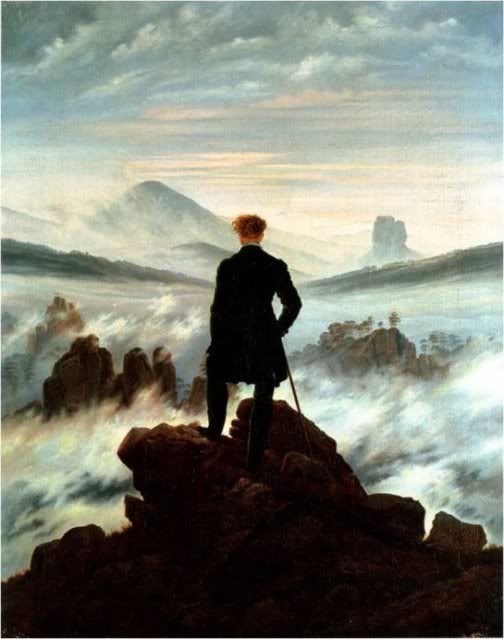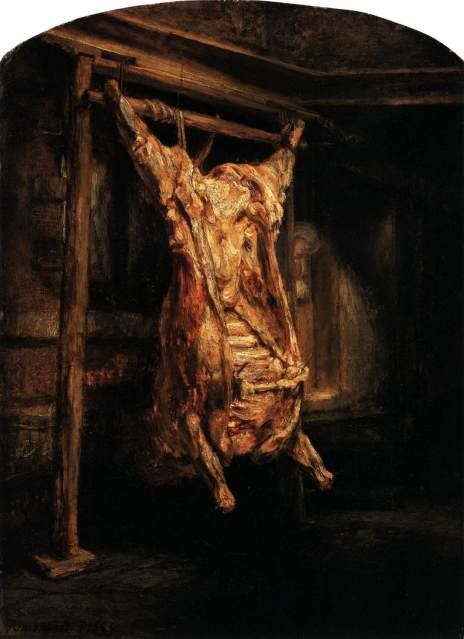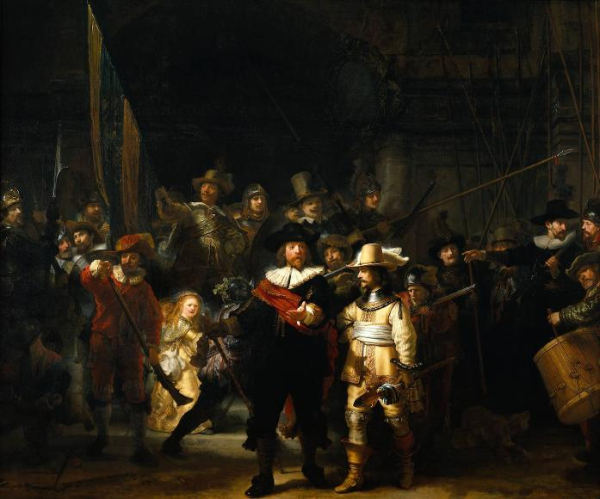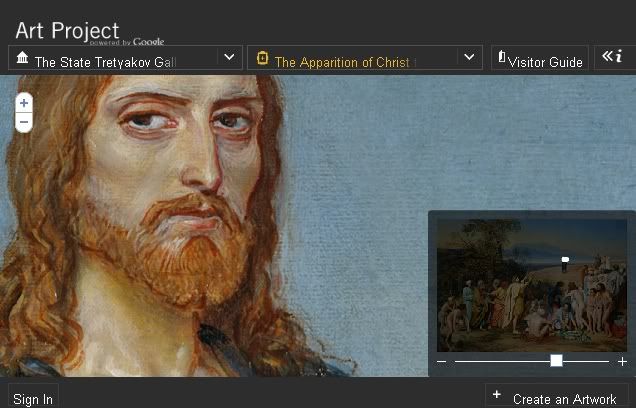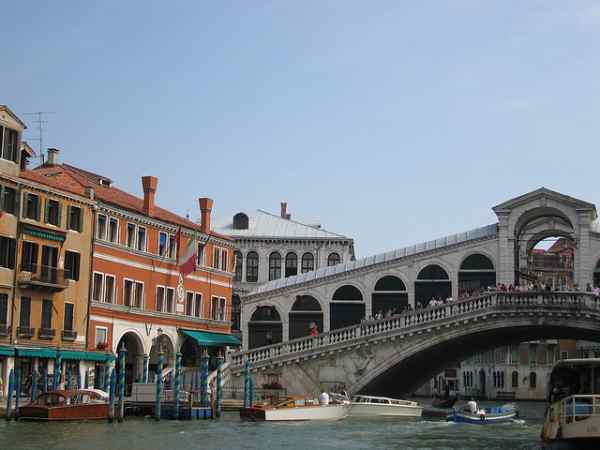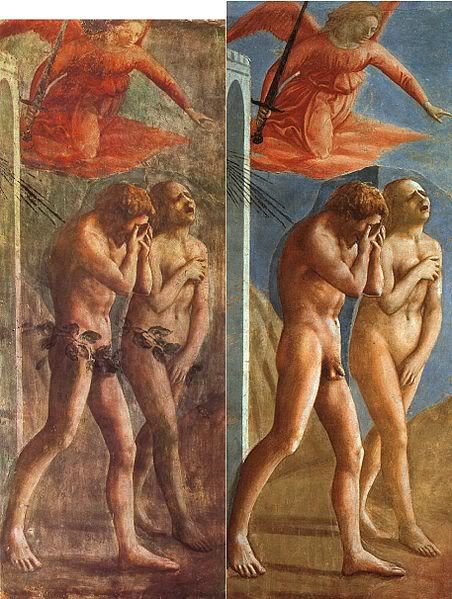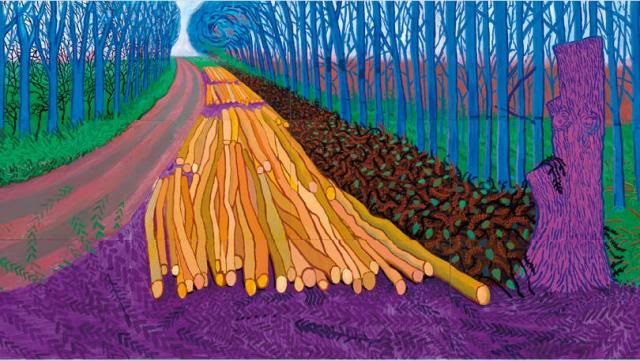These days there are two schools when it comes to homemade french bread: knead and no-knead. Personally, I rather like kneading bread, so at first I didn't quite get the point of no-knead bread, which was all the rage a few years ago, thanks in part to an article Jeffrey Steingarten wrote for Vogue Magazine. I mentally filed it away under "I have to try this someday" and didn't think much more of it.
Fast forward a few years later, and I am now a compulsive bread baker, thanks in part to my two year old, who is enchanted by everything that goes on in the kitchen. She insists on helping me prepare every loaf. In the past we've primarily stuck to an oat sandwich bread that's a breeze to make.
We probably could have gone on happily making sandwich bread for eternity, were it not for an episode of "The French Chef" that got our creative juices flowing. My daughter's eyes lit up like a Christmas tree when she saw Julia Child making baguettes. She leapt off the floor and pointed excitedly at the screen, shouting "pan! Pan!" (we have a bilingual home, and she prefers the Spanish "pan" to the unromantic English "bread"). Despite my reservations, what could I do?
As a home baker, I've always been a bit leery of french bread, which I've always been told requires a baker's oven. But if Julia Child, armed with nothing more than a turkey baster (this seems like a very inefficient method of getting the dough wet, but I think she just wanted to let people know you could do it with anything - she also brandished a "flit gun" for spraying the loaves, something I've never seen before in my life. Apparently it was originally used for insecticide. Yikes.), so could I. So, after watching the episode a half dozen more times (and getting the recipe from Mastering the Art of French Cooking, Vol. 2), my daughter and I set to work.
I have a tendency to adjust recipes as I go along. For example, Julia calls for 2 teaspoons of yeast, which is just RIDICULOUS, unless you happen to live in Antarctica. Edmonton is practically at the Arctic circle, and I managed to use 1 teaspoon active dry yeast (I can't stand bread that tastes like yeast. I'm also cheap, but more on that later). I also added nearly 1/2 cup of extra water, because I think bleached flour absorbs more liquid and I tend to flour my kneading surface more than Julia does.
The bread turned out perfectly, but it took at least 9 hours, which is a bit of a challenge with two toddlers under foot, both of whom are desperately waiting to try the bread. Afterwards, I swore to myself I would just buy french bread from a bakery! But the results were delicious, and both of my kids were addicted almost immediately. My eight-month old now insists that every meal begin with bite-sized bits of french bread! What's a busy mom to do?
Then I remembered the whole "no-knead" concept. But most of the no-knead recipes want you to bake the bread in a dutch oven, and I don't really like that idea. It seems a bit lazy and my toddler loves to shape the dough. I started wondering if there was a way I could combine the recipes to create an easy recipe that wouldn't take all day to make.
A quick internet search and I had discovered several plausible sounding recipes. (The big problem was that none of them had enough salt. Julia's bread called for 2 1/4 teaspoons, and I wouldn't want to reduce the salt content by much, unless you have high blood pressure, etc.). Of course, I have perfected my own version, which follows.
The Recipe:
1/4 tsp active dry yeast
scant 2 cups warm water (1 5/6 cups if you want to be precise)
3 cups flour, plus extra for kneading (I know it's "no-knead", but I'll get to that later)
2 tsp salt
Part 1. The night before.
Begin by dissolving the yeast in the warm water. Let it sit for at least 3-4 minutes.
While the yeast is getting friendly, place 3 cups of flour in a bowl large enough to allow the mixture to expand to 3 times its bulk (about 10 1/2 cups - Julia recommends filling the bowl with water to know the precise level at which the dough has expanded to 3 1/2 times it's original bulk). Add 2 tsp of salt to the flour and mix.
Stir in the yeast and water mixture until well incorporated. Scrape the sides of the bowl and cover with plastic wrap. Then cover the plastic wrap with a damp towel.
Allow to rest for 12-14 hours (I do this before going to bed, so that it's ready to go after breakfast the next morning).
Part 2. In the morning.
Prepare your work surface with enough flour to prevent the dough from sticking.
Uncover the dough. It should have tripled in bulk and be bubbly and rather sweaty looking.
Using a spatula, turn the dough out onto your work surface. Allow it to rest for a moment while you wash out the bowl - you'll be needing it again in a moment.
Flour the palms of your hands and sprinkle some flour over the surface of the dough. Knead the dough 4-5x, just to squeeze out the air bubbles. Flatten it into a circle and squeeze out all the large bubbles of air. Fold the dough in half, and then in half again. Try to make it look a bit rounded (Julia says it should like a "rounded cushion"), and return it to the clean bowl. Cover it with the plastic wrap and towel and let it rest for 2 more hours.
Part 3. Shaping the dough.
By now the dough should be looking all bubbly again. Turn it out onto your floured working surface. Once again, flatten it into a circle and squeeze out the bubbles.
You can shape the dough however you'd like, but I prefer a long single loaf, which is done by folding the dough in half lengthwise. First you fold the far side to the center, and then you bring the near side of the dough to meet it in the middle (sort of like you're making an envelope). This part isn't really all that critical, but you will want to make sure it rises seam-side down, unless you want it to look funny.
Part 4. The final rise.
The next step is where I differ from pretty much every baker out there. Everyone - and I do mean everyone - insists that your french bread must rise on floured towels. This is nonsense, and messy to boot. I firmly believe it should rise on the surface you'll be baking it on. (Leave a comment if you think I'm crazy, but I've had amazing success with this method).
After shaping the dough, I pick it up off the counter and put it on a parchment covered baking sheet, seam side down. If you are making baguettes, which won't fit in a standard oven anyway, then you might need to use towels, but for any other shape, your hands will work just fine, and you can arrange the dough a bit once it's on the baking sheet.
Sprinkle a light dusting of flour on the surface of your dough and cover with plastic wrap, followed by a wet towel. Allow to rise for 1 1/2 hours, or until it has increased 2 1/2 times in bulk. After 1 hour, pre-heat your oven to 450 degrees Fahrenheit.
Part 5. Scoring.
The signature cuts on the surface of french bread are both beautiful and useful. They allow the dough to expand just a little bit more! To create them, slice through the top layer of the dough using a sharp knife. I strongly suggest using a utility knife (obviously a clean one that isn't covered in plaster!). Wet it with warm water first, and it will cut cleanly and easily through the dough (plus it's a lot easier to hold than a razor blade!!).
Part 6. Baking.
You're almost there! Now we need to replicate the baker's oven as well as we can. This is done by spraying the dough with water, which allows the dough to rise a bit more during the beginning of the baking process. I use a standard spray bottle for this (obviously one that has never been used for cleaning products, etc.!). Spray the dough until the surface is wet, and then place it in your pre-heated 450 degree oven. Bake for 3 minutes.
After 3 minutes, remove the bread. Spray it again. Return it to the oven for another 3 minutes.
After 3 more minutes, remove the bread and spray it again. Return it to the oven and repeat the process after another 3 minutes.
The final time (to clarify, you spray at the 3, 6 and 9 minute marks), remove bread and spray again. Return to the oven and bake for 16 more minutes, for a total bake time of 25 minutes. You might want to rotate the baking sheet half way through if your oven is hotter at the back than the front. Be sure to allow the bread to cool completely (2-3 hours) before storing or cutting (my daughter usually grabs a hunk of it before then!).
After trying Julia Child's method vs. the "no-knead" way, I would say that the crumb is nearly identical (perhaps because I used 1/2 the yeast that Julia recommended). My "less-knead" bread is ever so slightly denser, which gives it more of an artisan quality, whereas Julia's recipe seems to yield Safeway-esque light loaves (sorry, Julia). Also, since I bake bread at least twice a week, I love that I can use 4x less yeast in the no-knead version. And because it only takes 4 hours on the day you bake it, the no-knead recipe gives me time to get out of the house in the afternoon, which, as Martha Stewart would say, is a "good thing"!
As a reminder, if at any point to baking you have an emergency on your hands (and with two little ones, this is always a possibility), you can always put the dough in the fridge and start again later (refrigeration just slows down the rising process). If you have a nine hour chunk of time to make bread, then use Julia Child's version, which can be found on page 55 of Mastering the Art of French Cooking, Vol. 2
As with all bread, I think repetition is the key to getting it perfect. I have baked bread at least once a week for the past three years, so I sometimes feel I have a "connection" with it (I swear my older daughter does too! She's been baking her entire life!). You start to get a sense of how moist the dough should be at every point in the process, and what it's texture should be, and that's when it really becomes second nature.
Has anyone else out there experimented with no-knead vs. traditional french bread? Do you have any tips to share?


